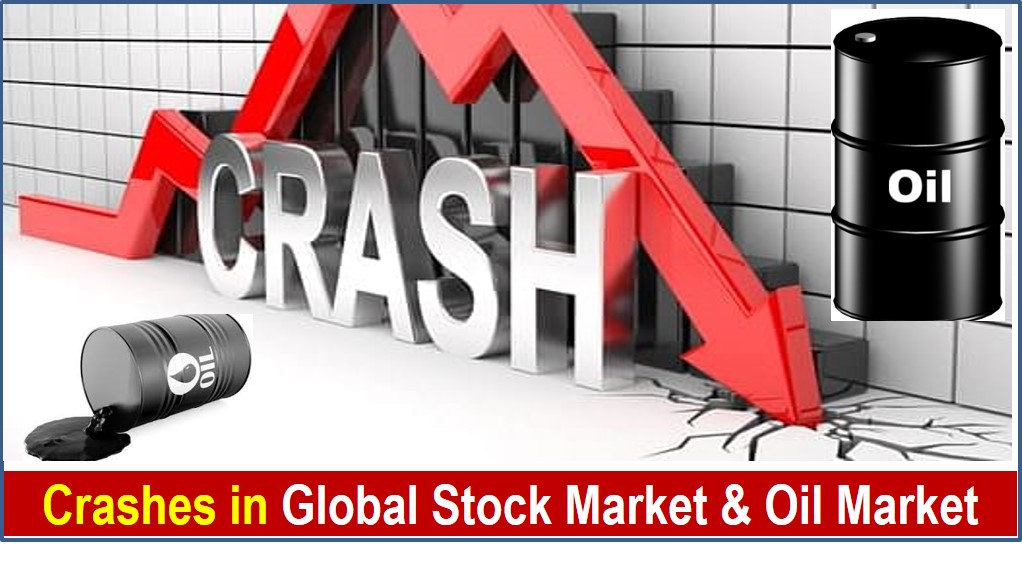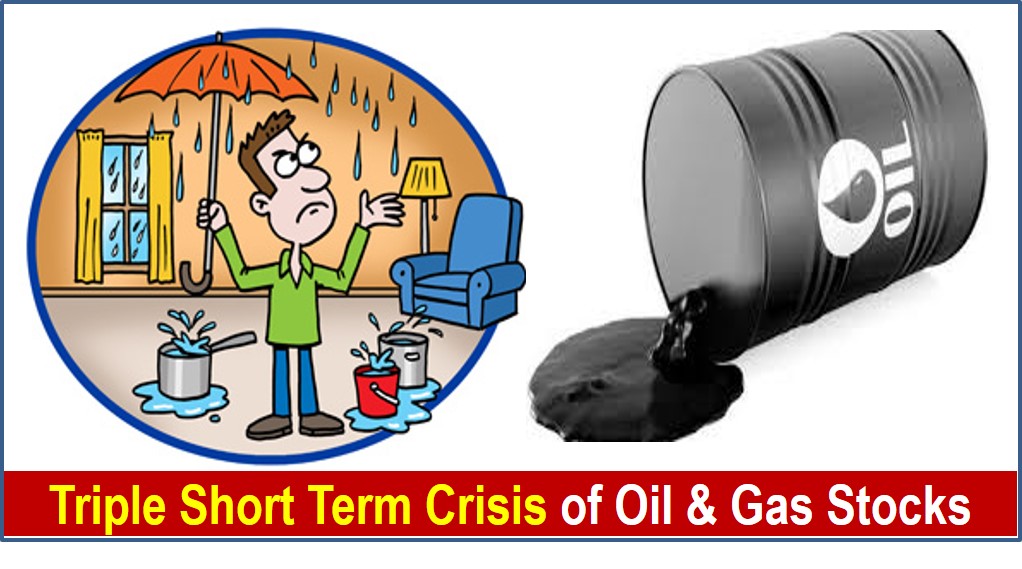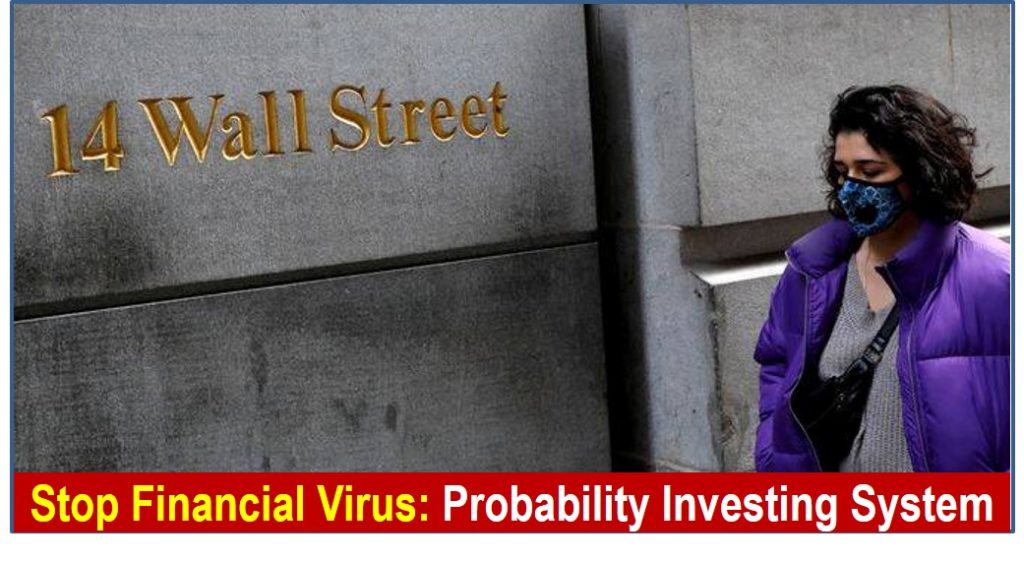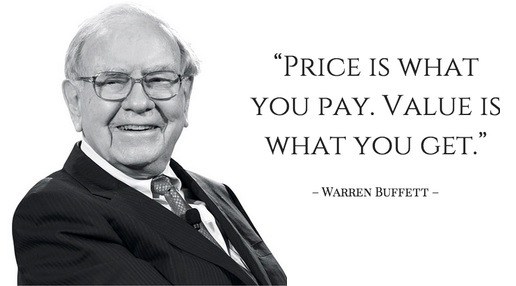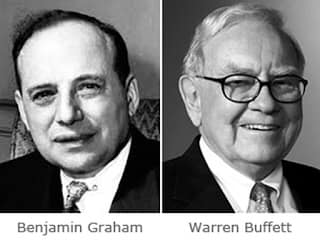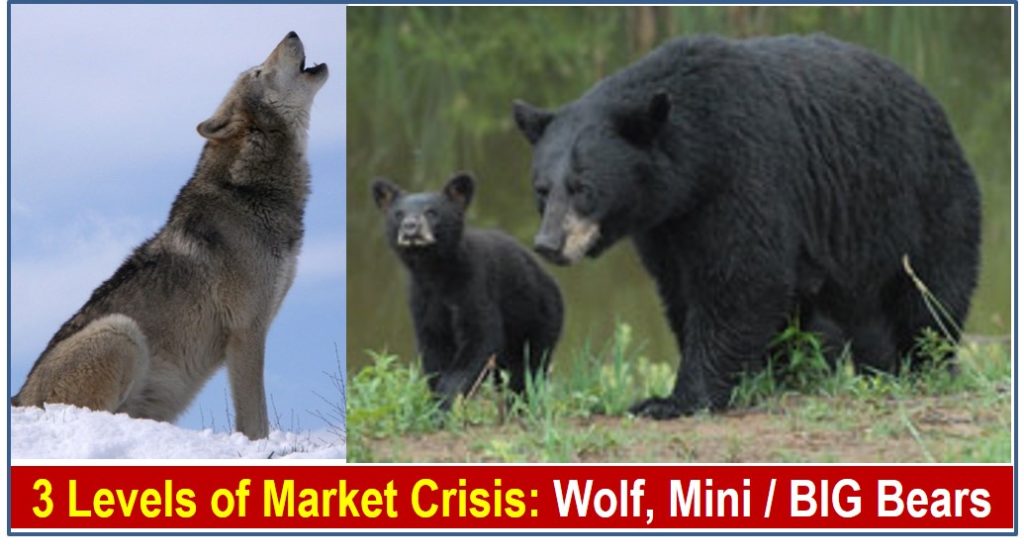
Every 10 wolves (eg. 10% minor stock correction, could be yearly) may lead to 3 mini bears (eg. 20% major stock correction, could be every 1-3 years), eventually only 1 becomes the BIG bear (eg. over 50% stock market crash, could be every 10+ years) or commonly known as Global Financial Crisis.
For stock investing or trading, one has to know own personality which includes preferred timeframe of investing and holding power, aiming for 3 levels of stock market crisis which could be represented by these 3 animals:
1) Wolf (Short Term Trading)
Short term investor (usually is also a trader) may need to take action every few weeks or few months, responding to daily positive/negative news which may cause the stock price to up/down by about 10%. A common tool is Technical Analysis, analyzing price trend and also support/resistance of stocks (eg. exit when S&P 500 is below 3000 points).
Trend-following strategy is flexible (similar to a wolf who is very alert to surrounding), suitable for traders, although many times, could end up as false alarms to longer investors who hear “wolf is coming” (eg. market recovers again after price correction).
2) Mini Bear (Mid Term Trading)
Mid term investor or trader could have higher tolerance level, able to hold longer (eg. more than 1 year) for up and down of about 20% in stocks. A Mini bear may come when there is a regional crisis (eg. Euro Debt crisis, US losing AAA credit rating, etc) or unexpected events (eg. Coronavirus, Oil Crisis, etc). It is a mid-scale crisis which could cause significant harm, but could be intermediate opportunity to buy low when crisis is over a few months later.
A mini bear is welcomed by both investors and traders as it won’t end the bull run but creating more opportunities along the long journey of bull market (eg. current bull run is already 11 years long from 2009 to 2020).
3) BIG Bear (Long Term Investing)
The scary BIG bear is a threat for global investors and traders who know how to buy stocks but do not know how to exit because the drawdown could be more than 50%. For junk stocks with weaker business fundamentals, some may be swallowed by the BIG bear, ending in bankruptcy, an investor could lose 100% investment permanently in this coldest winter which could last more than 1-2 years (Great Depression in 1929 could take more than 5 years).
At the same time, the BIG bear or global financial crisis provides an excellent opportunity to redistribute the wealth globally, from those who are ignorant to those who are prepared, smart investors who have found a portfolio of global giant stocks with strong business fundamental, using the BIG bear to scare away other competitors to get a huge discounted price to own them for another 10+ years of new market cycle (which the investor later could decide whether to hold for long term or sell at next market high).
=======================
No one would know exactly when the BIG bear may come. We don’t have to scare ourselves every year whenever there is a wolf calling (action for short term trader) or even hearing the steps of mini bear (alert for mid term trader).
For longer term investor, one could apply probability investing with optimism to know when to stay alert, the time when global stock market at Level 4 (especially US stock market, Level 3) exceeds 75% optimism (eg. over the past 2 years). The investors who prefer not to exit first (to ride the price momentum in last rally of bull run), then need to protect oneself with shorter term trend-following strategy during the uncertain stock market at high optimism.
In summary, despite we may know not precisely when the global financial crisis may come, we could evaluate the probability based on signals received along the way, eg. stock market optimism (Levels 1-4 Analysis), business fundamental and country economy (Fundamental Analysis), Price trends (Technical Analysis), Market High or Low (Optimism Analysis) and more importantly, knowing if one’s personality (Personal Analysis).
Learn the unique LOFTP Strategies from Dr Tee free 4hr course to prepare for 3 levels of crisis (Wolf, Mini Bear or BIG Bear). Register Here: www.ein5.com

